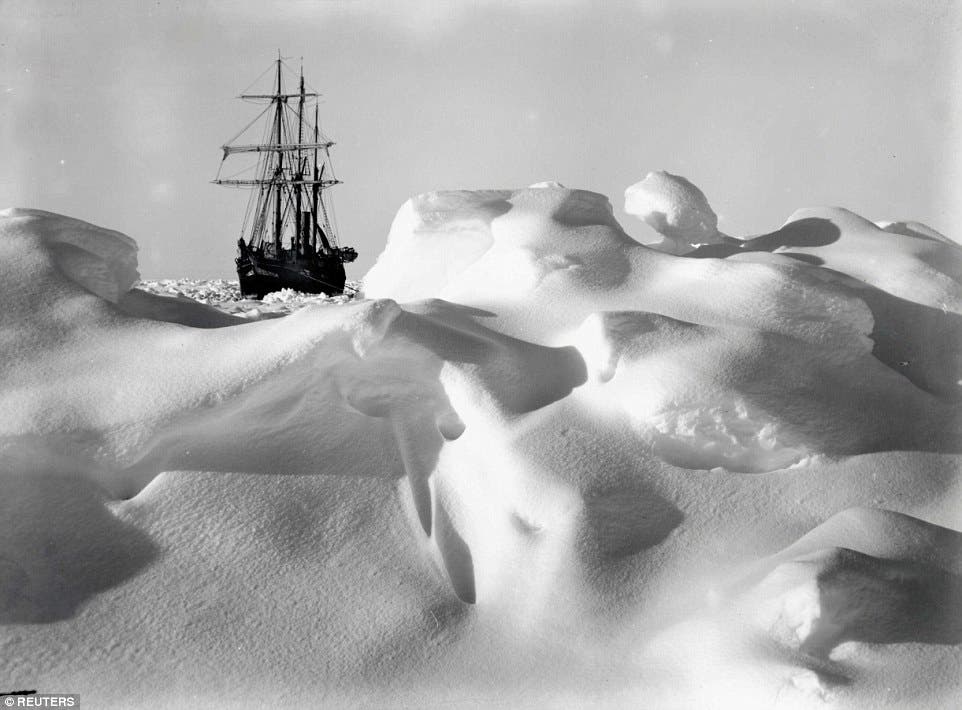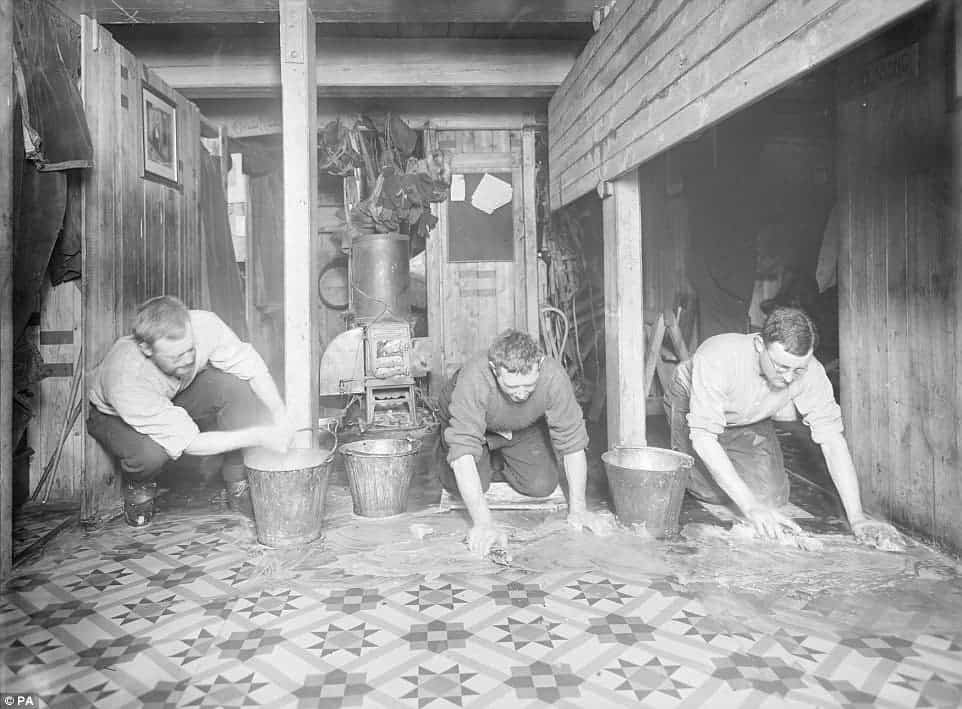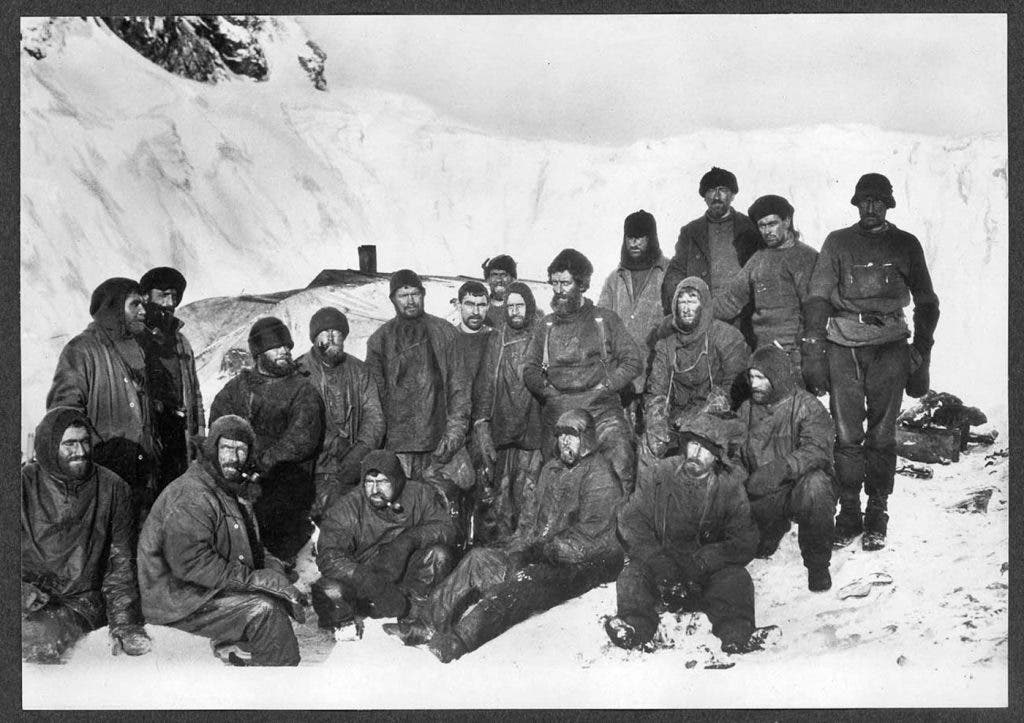Sir Ernest Shackleton was one of the finest explorers the British Empire had to offer. A keen adventurer with always with his eyes on the prize, Shackleton was a man that wanted to prove himself. He wanted to be someone. Someone among the first to reach the South Pole, for instance. He did try, and sailed in 1901 with British naval officer Robert Falcon Scott on the ship ‘Discovery’ on an Antarctic expedition. With Scott and one other, Shackleton trekked towards the South Pole in extremely difficult conditions, getting closer to the Pole than anyone had come before. The could go no further, unfortunately. Shackleton himself became gravely ill and had to go back to London.

In 1911, Norwegian explorer Roald Amundsen reached the South Pole, followed by Scott who died on the return journey. Shackleton searched in his mind for some other daring goal. He finally settled on crossing of the Antarctic continent from coast to coast via the South Pole, a distance of about 1800 miles. This might sound stupid, but truthfully it’s nearly or just as long a trip as going to the South Pole and back. A nifty trick, one that would surely count for something. In fact, he did garner a lot of headlines, and against many odds, he also found funding and men. Speaking of the crew, it comprised a lively bunch of Cambridge graduates and just as many rough and hardy sailors. There’s this famous ad Shackleton allegedly posted seeking men for his expedition. He did receive scores of applications from volunteers, but no one ever found this particular ad in any archive. It sounds like a myth, but I can understand why it became such widely distributed.
“MEN WANTED: FOR HAZARDOUS JOURNEY. SMALL WAGES, BITTER COLD, LONG MONTHS OF COMPLETE DARKNESS, CONSTANT DANGER, SAFE RETURN DOUBTFUL. HONOUR AND RECOGNITION IN CASE OF SUCCESS.
– SIR ERNEST SHACKLETON”

Shackleton and crew left for their voyage in 1914, with the ship ‘Endurance’. Despite its name, the ship became trapped in the ice, and ten months later sank. For many months already the crew had settled on the ice, however. They built shelters, hunted seals (when available) and played hockey at -20 degrees Celsius. But it was far from ideal. Their lives was seriously in danger. The 28 men of the expedition were now isolated on the drifting pack ice hundreds of miles from land, with no ship, no means of communication with the outside world and with limited supplies. Shackleton had to do something, after all, the crew was looking up to him to come up with a solution.
“Thus, after a year’s incessant battle with the ice, we had returned… to almost the same latitude we had left with such high hopes and aspirations twelve months previously; but under what different conditions now! Our ship crushed and lost and we ourselves drifting on a piece of ice at the mercy of the winds”
Shackleton, On New Year’s Eve 1915

In April 1916, Shackleton set off in three small boats with five crew members, eventually reaching Elephant Island. Taking five crew members, Shackleton went to find help. In a small boat, the six men spent 16 days crossing 1,300 km of ocean to reach South Georgia and then trekked across the island to a whaling station. The remaining men from the ‘Endurance’ were rescued in August 1916. It’s worth mentioning that thanks to Shackleton’s leadership, not one single man died.




This is an amazing story of bravery and courage. Luckily there were some photographs that survived the expedition, most of which were taken by the official expedition photographer Frank Hurley. Now, more than 90 of these photos have been digitized. You can find them part of an exhibition at London’s Royal Geographical Society, open as of this week.
“As one of the first truly modern documentary photographers and film-makers, Australian born Hurley hoped to have his images seen at as large scale size as possible. 100 years later, this intention will be honoured with giant dimension prints, some over 2 metres in width and height, at the heart of the exhibition, providing viewers with a sense of awe and wonder.
In addition to the newly digitised images, the exhibition will include a number of ‘precious survivors’ – personal artefacts that were carried through every stage of the successive journeys for survival from the Weddell Sea to Elephant Island and onto South Georgia. These include the Bible from the Society’s collections, originally presented to Shackleton by Queen Alexandra on visiting the Endurance on 16 July 1914 and inscribed by her.”
Note: these photos shown here were previously digitized. The images presented in the exhibition aren’t showcased here.






